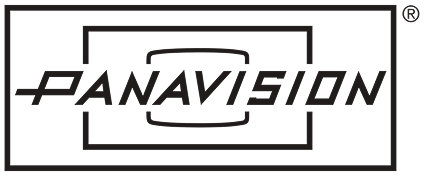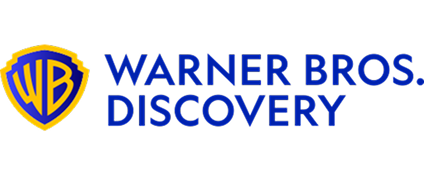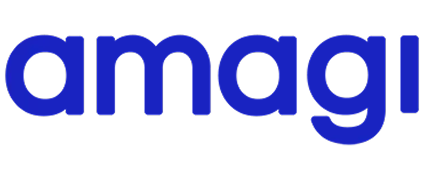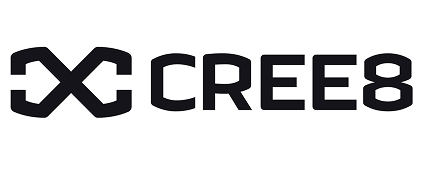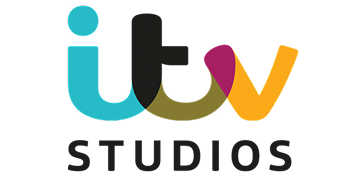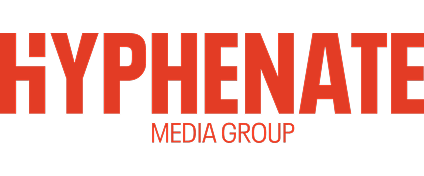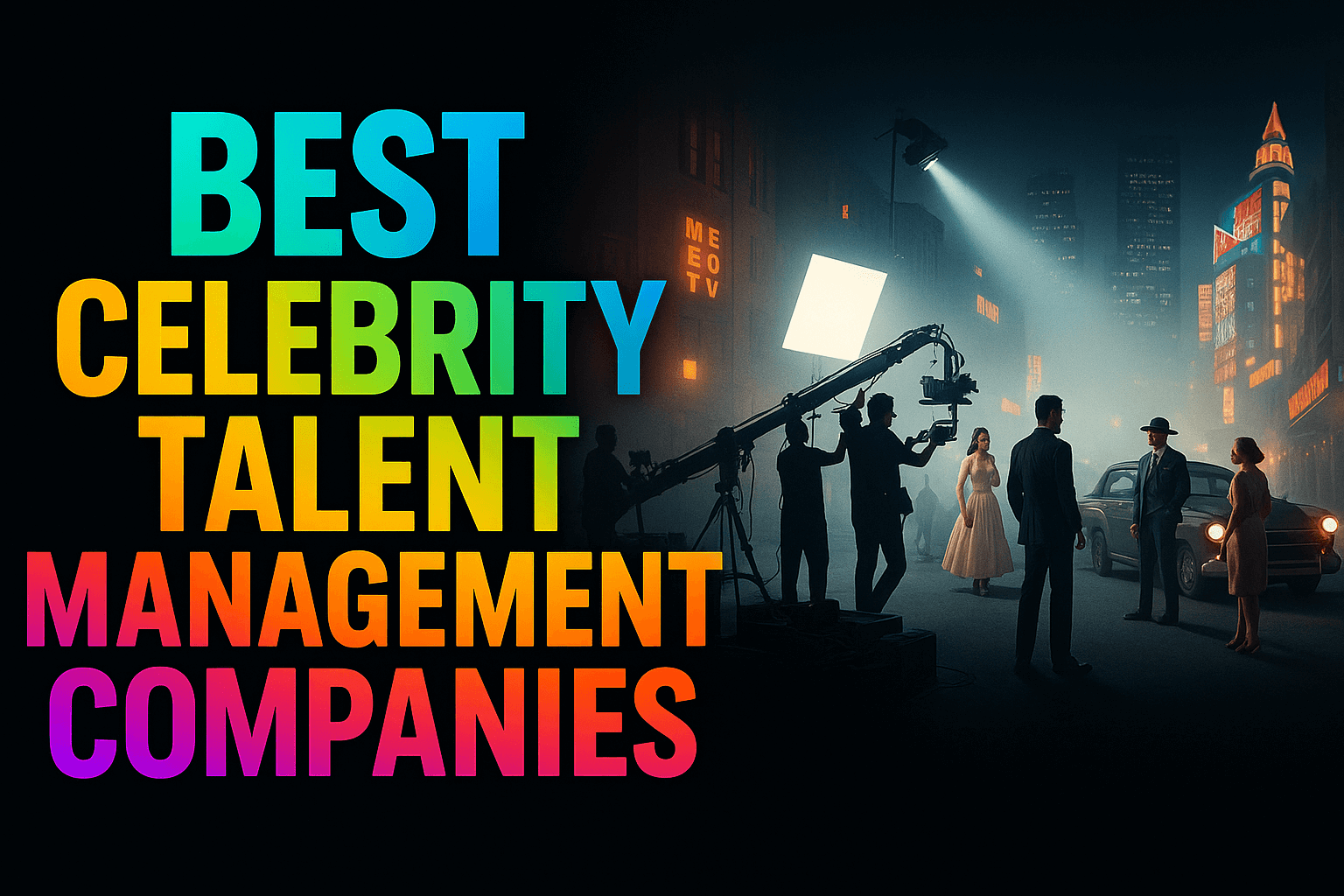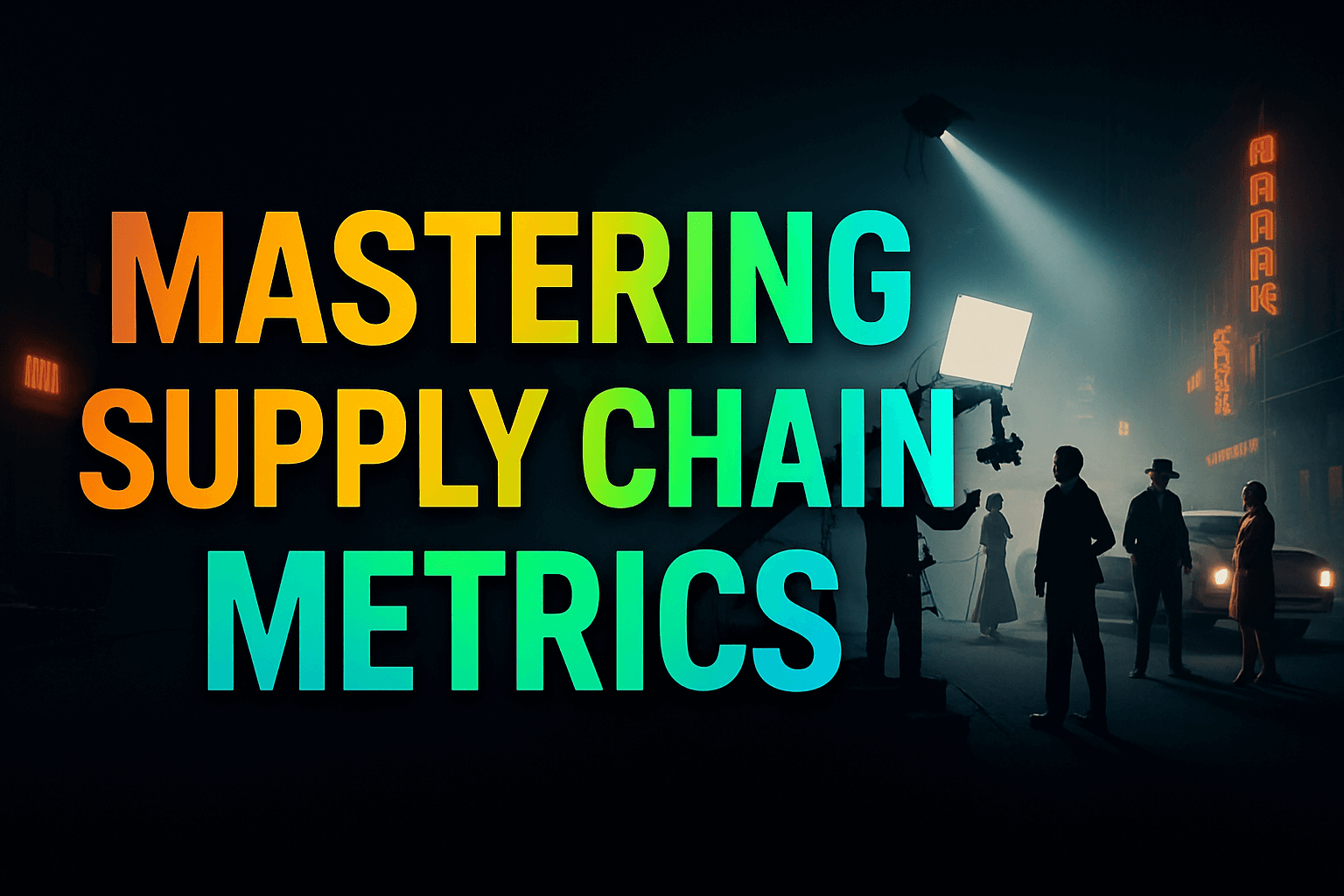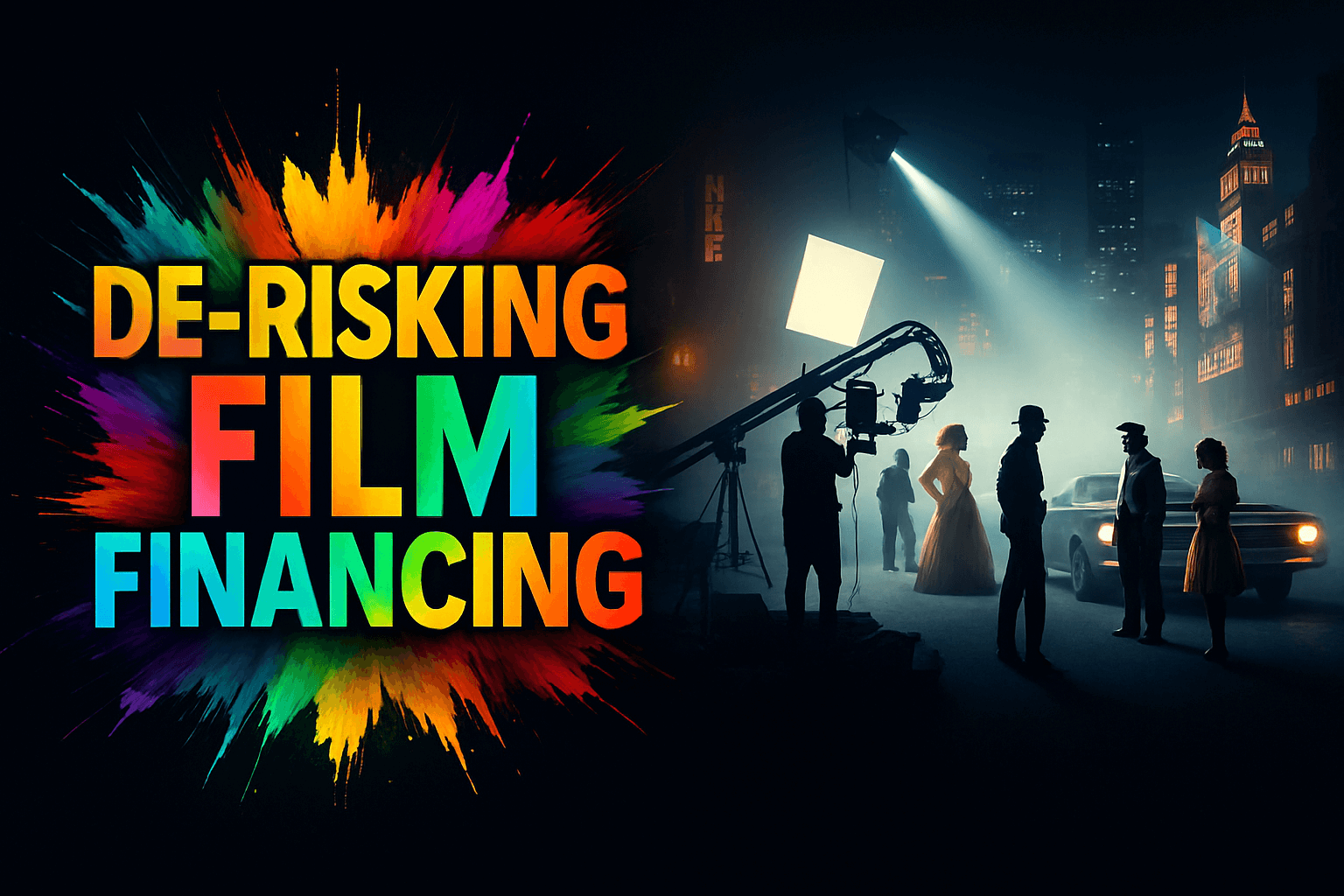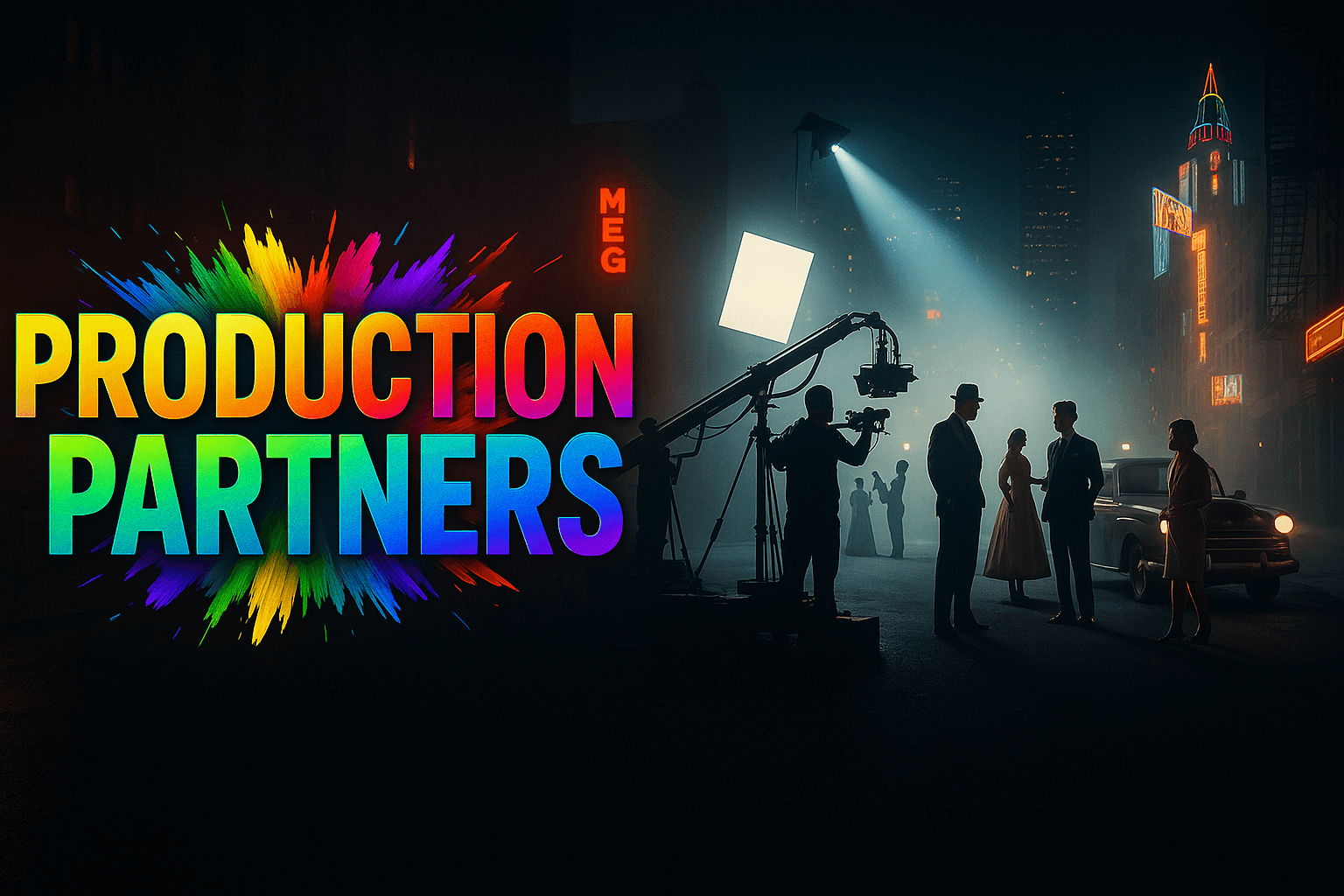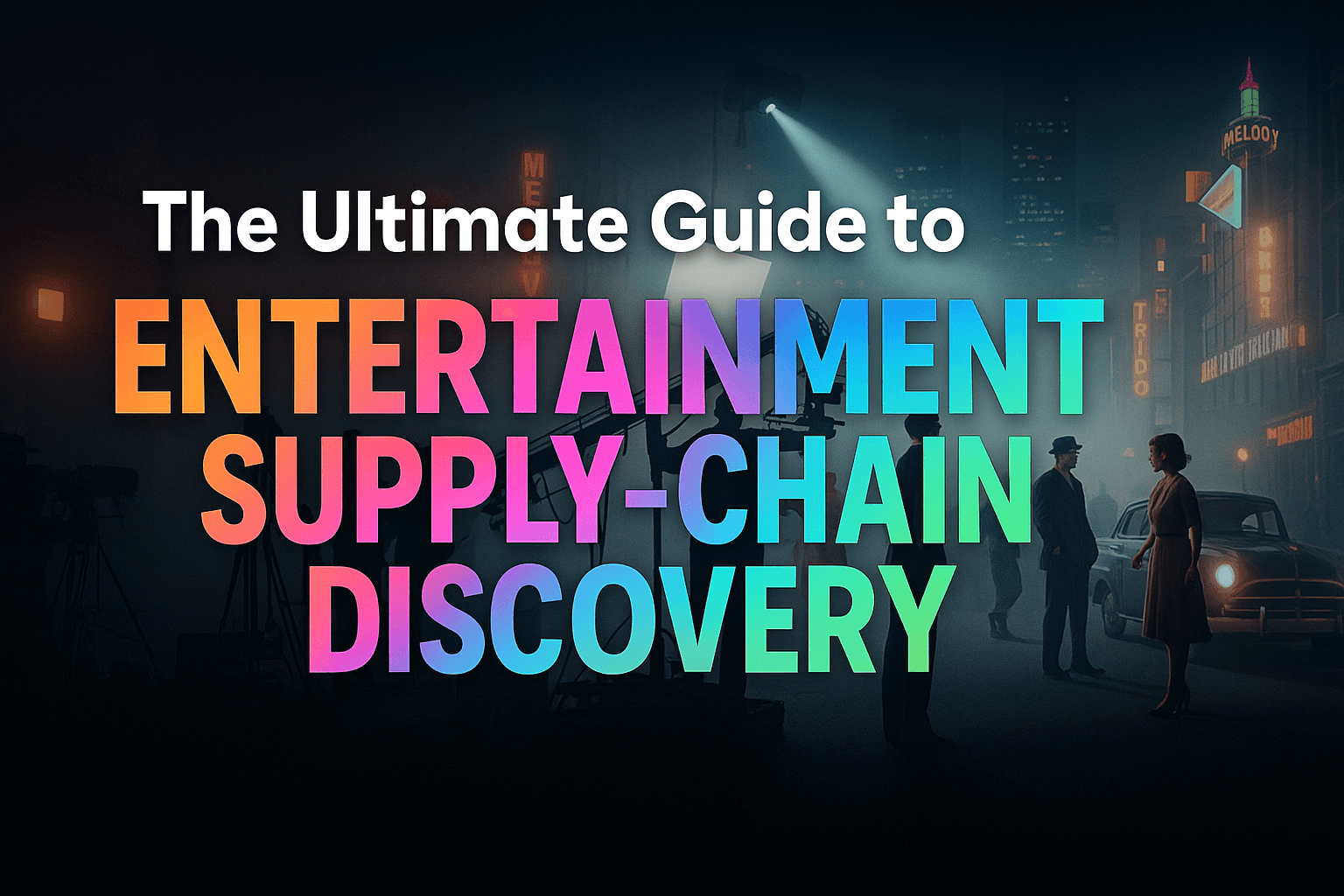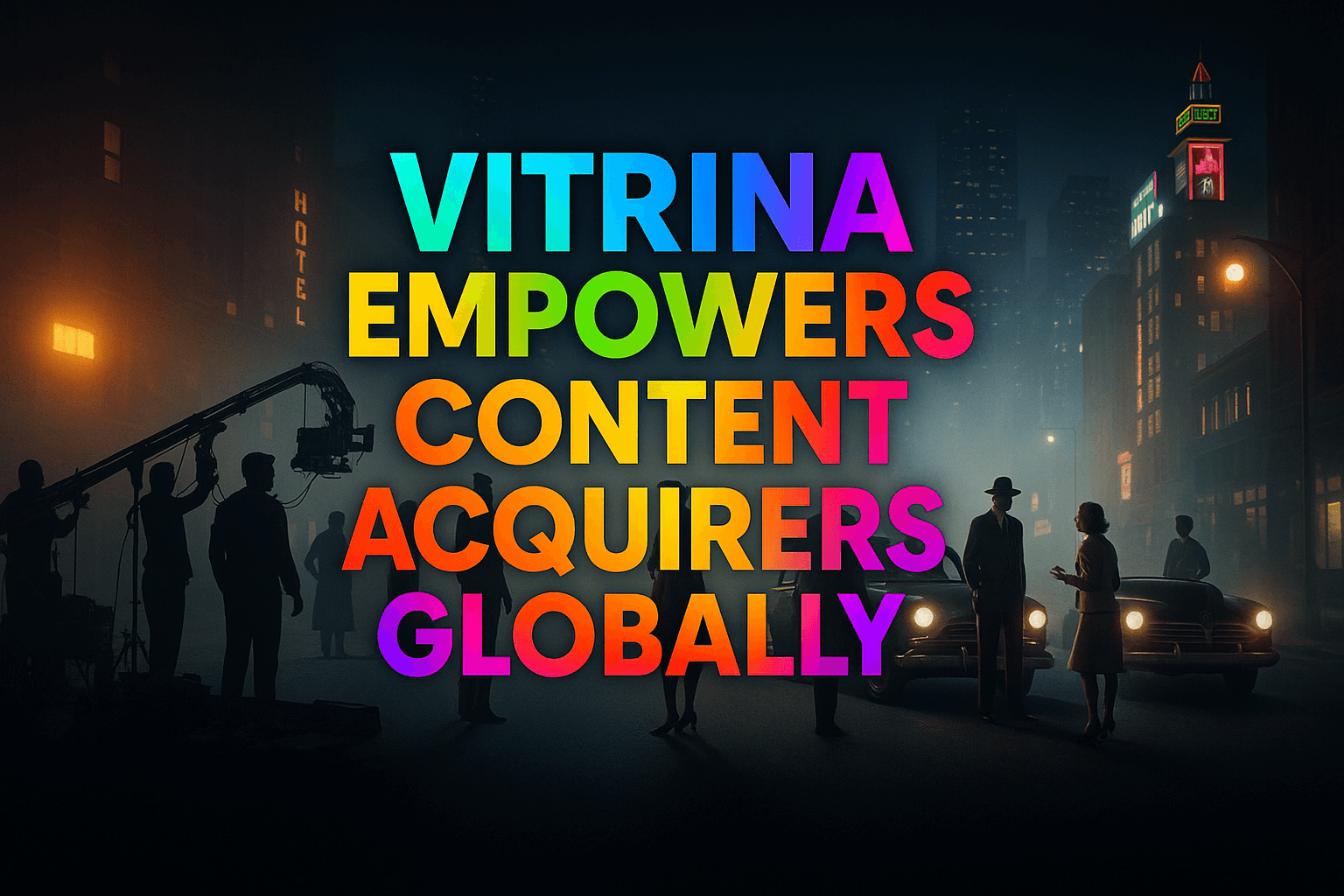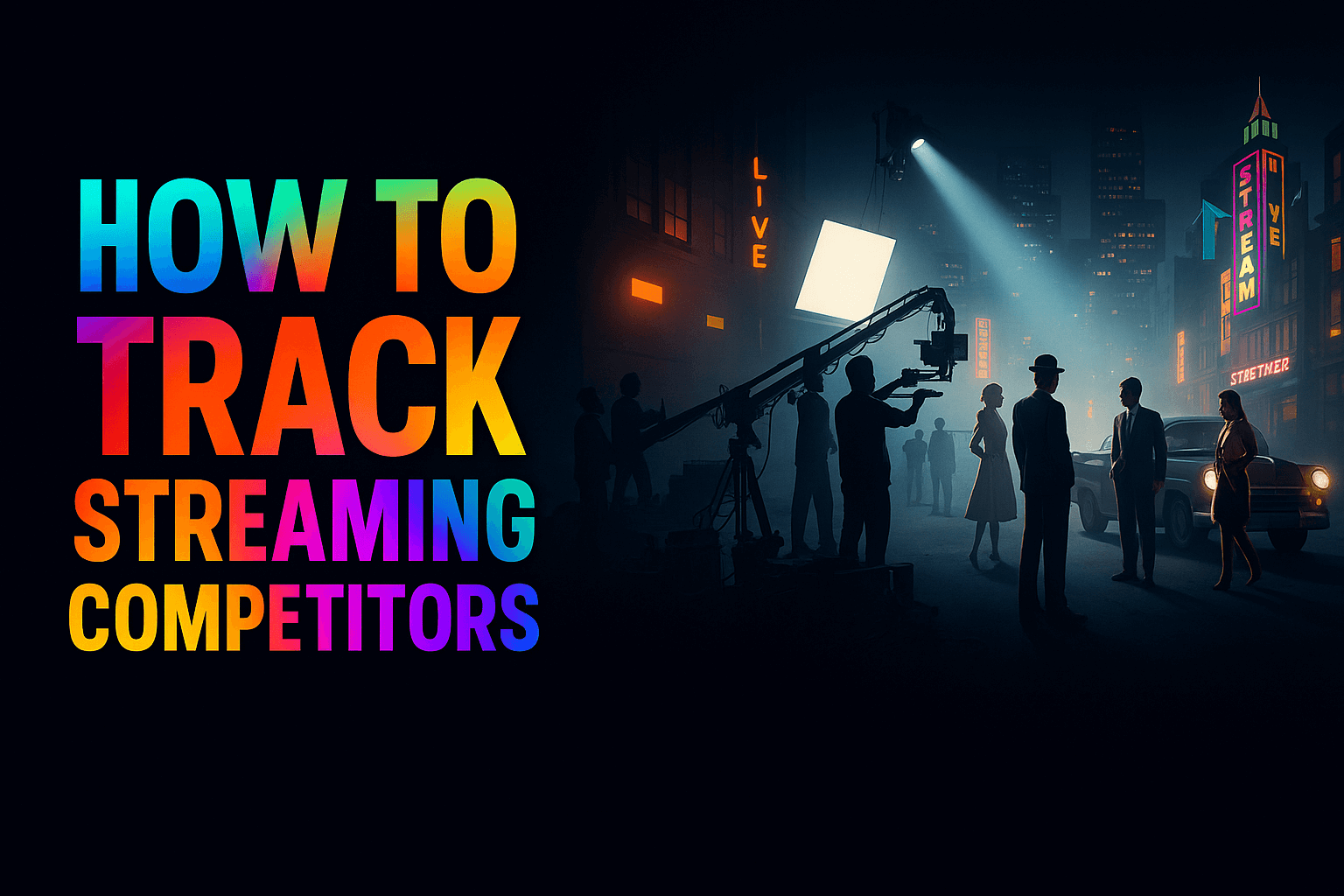Introduction
The animation industry is experiencing a significant transformation with the rise of Artificial Intelligence (AI), particularly in 2D and 3D animation production. AI is not only automating tedious tasks but also enabling animators to push the boundaries of creativity. This article explores how AI is reshaping the animation process, which tools are leading this revolution, and what challenges studios face in adopting this technology. Whether you’re a content buyer looking to streamline production or a service provider seeking to enhance your offerings, this guide provides valuable insights into the world of AI-driven animation.
Key Takeaways
| Topic | Key Takeaways |
| AI in Animation | AI speeds up production and enhances creativity in 2D and 3D animation. |
| Tools for AI Animation | Popular tools include Blender, RunwayML, and Adobe Animate. |
| Challenges of AI | AI struggles with complex creative decisions, but improves efficiency. |
| Industry Use | Studios are adopting AI to meet deadlines and lower production costs. |
| Future Trends | AI will play an increasing role in animation, especially in automating workflows. |
Table of content
- Introduction
- Understanding AI in 2D and 3D Animation
- Key Tools in AI-Driven Animation
- Benefits of AI in Animation Production
- Challenges of AI in Animation
- AI vs Traditional Animation: A Comparative Analysis
- Industry Adoption of AI: Case Studies
- Commercial Investigations: AI Tools for Animation
- Key Takeaways
- FAQs
Facing Animation Challenges?

Understanding AI in 2D and 3D Animation

AI is revolutionizing both 2D and 3D animation by automating repetitive tasks like character rigging, motion capture, and frame interpolation. This speeds up the animation pipeline, allowing studios to focus on the more creative aspects of the process.
Key Features of AI in Animation:
- Automation: AI eliminates manual tasks like in-betweening and rotoscoping.
- Real-time Feedback: AI tools offer instant results, reducing turnaround times for feedback and revisions.
- Enhanced Accuracy: AI reduces human error, ensuring consistency across frames.
Vitrina can help connect animation service providers with the latest AI tools to streamline production. For more insights on AI-enhanced animation tools, visit AI in Animation.
Key Tools in AI-Driven Animation
Several AI-powered tools have emerged as game changers in animation production. These tools not only enhance workflows but also allow creators to achieve more with fewer resources.
| Tool | Features | Use Case |
| RunwayML | AI-driven animations and real-time visual effects | Ideal for AI-generated animations and VFX |
| Blender | AI-enhanced 3D modeling and rendering | Popular for 3D animations |
| Adobe Animate | Streamlined 2D animation creation | Best for 2D animation workflows |
These tools have gained widespread adoption due to their ability to automate tasks while improving quality and productivity.
Supercharge Your Animation Pipeline!

Benefits of AI in Animation Production
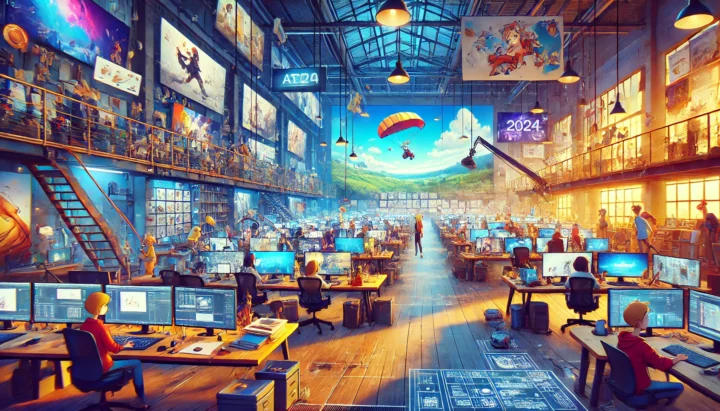
AI offers numerous advantages to the animation industry. By reducing manual work and increasing efficiency, it allows studios to allocate more time to the creative elements of production.
- Cost Efficiency: AI cuts down on labor costs by automating repetitive tasks.
- Faster Turnaround Times: Productions can be completed faster due to AI’s ability to handle time-consuming tasks.
- Creative Focus: Animators can focus on storytelling and character development rather than technical aspects.
Some animation studios using AI in production have seen 30-40% faster completion times. For more insights, check out AI in Video Editing.
Challenges of AI in Animation
Despite its many benefits, AI in animation does come with challenges, particularly in more nuanced creative decisions.
- Creative Limitations: AI may struggle with artistic tasks like lighting design or scene composition.
- Complex Scene Handling: AI is less effective when working on scenes that require intricate creative control, leading to a need for human oversight.
- Integration Issues: AI tools sometimes face challenges when integrated with traditional software, creating workflow compatibility problems.
As AI technology evolves, we can expect improvements, but these limitations require ongoing collaboration between humans and machines. Read more about deepfake challenges and their impact on the industry at Deepfake Technology in TV.
Looking for the Best AI Tools in Animation?

AI vs Traditional Animation: A Comparative Analysis
When comparing AI-driven animation with traditional animation, it’s clear that both approaches have their strengths and weaknesses. AI accelerates production but lacks the emotional nuance and artistic depth that traditional animators bring.
| Feature | Traditional Animation | AI-Driven Animation |
| Production Speed | Slower | Faster |
| Cost | Higher | Lower |
| Creative Control | High | Moderate |
Studios looking for cost-effective, high-speed solutions should consider AI, but for more complex and emotional projects, human oversight is necessary.
Industry Adoption of AI: Case Studies
Many leading studios are integrating AI into their animation pipelines to meet increasing demands for faster production cycles. Below are examples of how AI is being adopted in the industry:
- Studio A: Uses AI for character rigging and motion capture to reduce manual labor.
- Studio B: AI-assisted rendering enables faster turnaround on visual effects-heavy projects.
- Studio C: AI automates frame-by-frame animation, reducing the need for human intervention in repetitive tasks.
Vitrina helps studios discover innovative AI tools, helping them stay competitive in a rapidly changing industry.
Commercial Investigations: AI Tools for Animation
As AI technology evolves, studios are continually investigating the best tools to integrate into their workflows. Here’s a quick look at the top AI-driven tools for animation:
| Tool Name | Strengths | Cost |
| RunwayML | Excellent for real-time animation and VFX | Moderate |
| Blender | Free, powerful 3D animation tool | Low |
| Adobe Animate | Best for creating smooth 2D animations | High |
To learn more about the commercial potential of AI tools in animation, visit AI-enhanced VFX.
Conclusion
AI is dramatically reshaping the landscape of 2D and 3D animation production, offering a new level of efficiency and creativity. While it comes with its own set of challenges—particularly in terms of creative control—the benefits far outweigh the drawbacks. AI will continue to be an essential tool for both content buyers and service providers in the animation industry, helping to streamline production and reduce costs.
Frequently Asked Questions
AI automates repetitive tasks, speeds up production, and reduces costs, allowing animators to focus more on creative aspects.
Popular tools include Blender, RunwayML, and Adobe Animate for 2D and 3D animation production.
AI can’t fully replace human animators but can assist by automating labor-intensive tasks, leaving animators to focus on creative decision-making.
AI struggles with more complex creative tasks and requires human oversight for nuanced decisions like lighting and composition.
AI is speeding up production, reducing costs, and enabling more efficient workflows, particularly in studios facing tight deadline


























